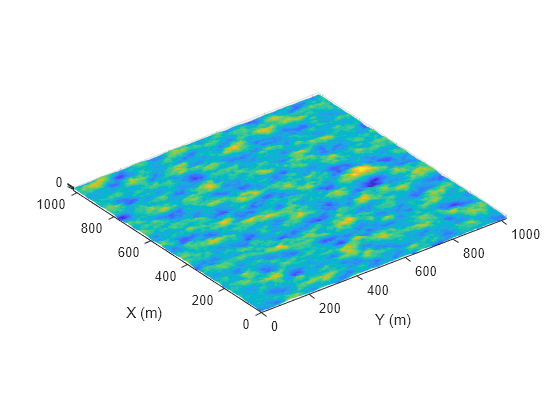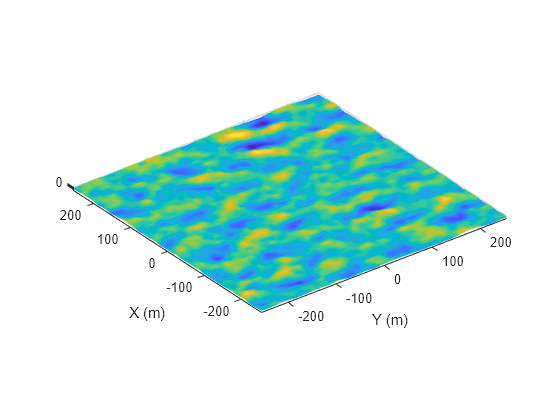seaSpectrum
Description
The seaSpectrum object creates a spectrum model for use in the
SpectralModel property of the SeaSurface
object.
Creation
Description
seaspect = seaSpectrumseaSpectrum object seaspect with default property
values. The default sea surface spectrum and spreading function are based on the
Elfouhaily model. The Elfouhaily model is an omnidirectional and wind-dependent spectrum.
The wave spectrum consists of the frequency spectrum and angular spreading function. The
spreading function is symmetric about the wind direction and has both wave number and wind
speed dependence.
seaspect = seaSpectrum(Name = Value)seaSpectrum object with the specified property
Name set to the specified Value. You can
specify additional name-value pair arguments in any order as (Name1 =
Value1, ..., NameN = ValueN).
Properties
Examples
References
[1] Elfouhaily, T., B. Chapron, K. Katsaros, and D. Vandemark. "A Unified Directional Spectrum for Long and Short Wind-Driven Waves." Journal of Geophysical Research: Oceans 102, no. C7 (July 15, 1997): 15781-96. https://doi.org/10.1029/97JC00467
[2] Tessendorf, Jerry. "Simulating Ocean Water." Presented at SigGraph, 1999 - 2004.
Version History
Introduced in R2022a
See Also
radarScenario | seareflectivity | seaSurface | SurfaceManager

